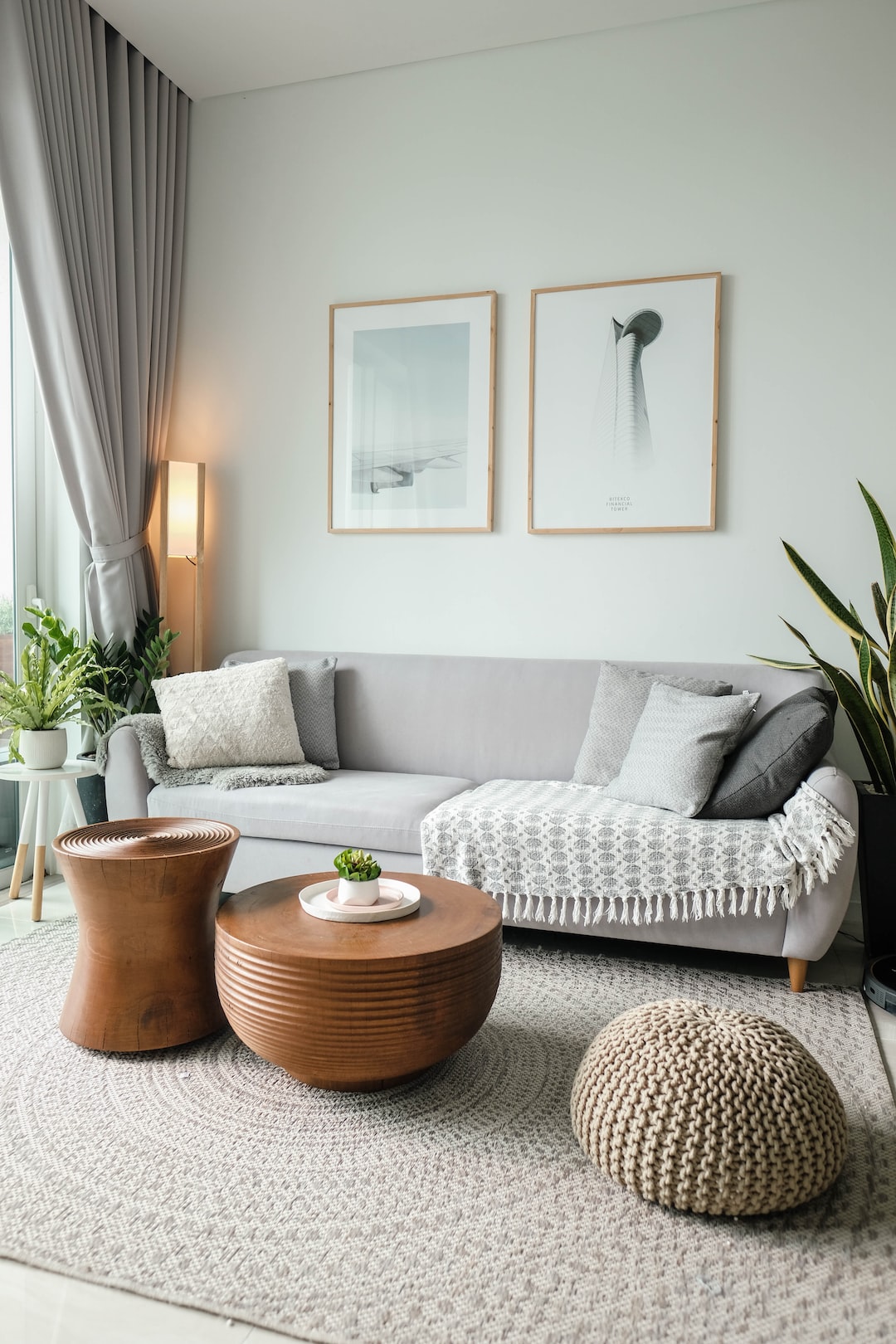The Role of Color Psychology in Web Design
In the world of web design, there is a crucial element that often goes unnoticed by users but influences their experience significantly – color. Colors have a powerful psychological impact on individuals, and this fact is not lost on web designers. By understanding the principles of color psychology, designers can create websites that evoke specific emotions and drive desired actions. One industry that exemplifies this is the realm of palm springs interior designers, who masterfully utilize color psychology to curate visually appealing and engaging websites.
Color psychology is the science of how colors affect human behavior and emotions. Different colors elicit various feelings and can even influence decision-making processes. For example, warm colors like reds, oranges, and yellows tend to evoke feelings of excitement, passion, and energy. Conversely, cool colors like blues, greens, and purples are associated with calmness, tranquility, and reliability. Understanding these associations allows web designers to choose colors that align with the intended message and overall brand identity.
Palm springs interior designers, in particular, excel in harnessing the power of color psychology. With their expertise in creating captivating and visually stunning spaces, they understand that color plays a vital role in creating an atmosphere that reflects their clients’ style and personality. Translating this skill to web design, palm springs interior designers use colors strategically to elicit specific emotional responses and create a cohesive online presence.
One aspect where the role of color psychology is evident in web design is in branding. Colors are heavily linked to brand recognition and help create a brand’s identity. Using appropriate colors in a website’s design can evoke certain emotions and establish a sense of trust and reliability in users. Palm springs interior designers showcase this by selecting calming colors like cool blues and earthy tones, reflecting their tranquil design aesthetic and professionalism.
Furthermore, color psychology guides designers in creating effective call-to-action buttons. These buttons prompt users to take specific actions and, when done right, can enhance user engagement and conversion rates. By using contrasting colors, such as a vibrant red button against a white background, palm springs interior designers draw immediate attention to the desired action, increasing the likelihood of user interaction.
The impact of color psychology in web design extends beyond emotional responses and branding. Accessibility is an essential consideration when designing websites, ensuring that everyone, regardless of visual impairments, can easily navigate and comprehend the content. Colors play a significant role in this aspect as well. Using appropriate color contrasts between text and backgrounds ensures legibility and prevents strain on the user’s eyes. Palm springs interior designers prioritize accessibility by selecting easy-to-read color combinations and considering the needs of all users.
In conclusion, the role of color psychology in web design cannot be understated. Palm springs interior designers are experts at leveraging this knowledge to create visually stunning and effective websites. By selecting colors that evoke desired emotions, establish brand identity, and promote accessibility, these designers deliver impactful online experiences that reflect their clients’ style and professionalism. Understanding and utilizing color psychology is a powerful tool for any web designer aiming to create engaging and user-friendly websites.

